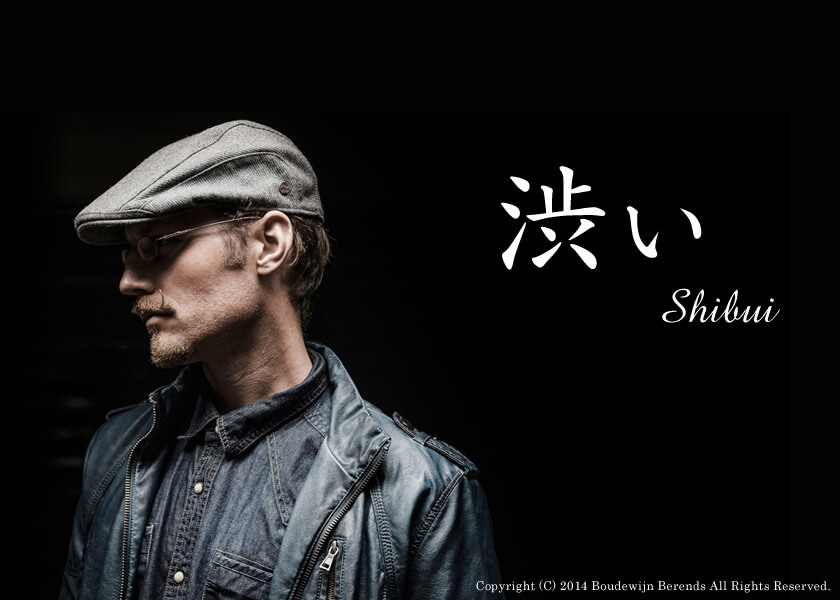Lesson
News / Blog
Other Menus
Shibui

Shibui
“Shibui” (adjective), “shibumi” (noun), and “shibusa” (noun) are Japanese words to express an aesthetic sense of simple, subtle, and unobtrusive beauty. Originating in the Muromachi period (1336–1392) as “shibushi,” the term originally referred to a sour or astringent taste, such as that of an unripe persimmon. Shibui still maintains that literal meaning, and remains the antonym of “amai,” meaning “sweet.” Like other Japanese aesthetic terms, such as “iki” and “wabi-sabi,” shibui can apply to a wide variety of subjects, not just art or fashion. Shibusa includes the following essential qualities:
(1) Shibui objects appear to be simple overall, but include subtle details such as textures, that balance simplicity with complexity.
(2) This balance of simplicity and complexity ensures that one does not tire of a shibui object, but rather constantly finds new meanings and enriched beauties that cause its aesthetic value to grow over the years.
(3) Shibusa is not to be confused with “wabi” or “sabi”. Though many wabi or sabi objects are shibui, not all shibui objects are wabi or sabi. Shibui objects are not necessarily imperfect or asymmetrical, though they can include these qualities.
(4) Shibusa walks a fine line between contrasting aesthetic concepts such as elegant and rough or spontaneous and restrained.
Reference Book
 |
|
Zen and Japanese Culture (English Edition) 新品価格 |
![]()

